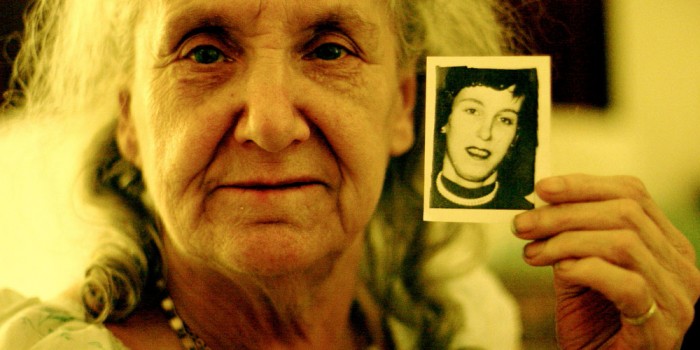Learning from Bus Buddhists
In psychological terms, context is almost everything. Much as we like to think that we know how we will act and react in a given situation, without the richness of...
How to Look Younger (Without Plastic Surgery)

Demand for plastic surgery is increasing dramatically. Whilst there’s no denying that the surgeons are getting more skilled and the techniques being used are advancing all the time, I can’t help but think that the main problem with such interventions is still there.
Whenever you see someone who had their plastic surgery performed several years ago, it is apparent that the aging process takes place at different speeds in different areas: the face may still look relatively youthful, but the neck looks as though it was borrowed from a tortoise.
Recently I was watching a fascinating programme where the photographer Rankin was recreating iconic holiday photographs. One of the original subjects, now well into her eighties, was interviewed to discuss the original shoot. This once beautiful lady had attempted to battle the aging process (admittedly probably many years earlier with more rudimentary techniques than are currently deployed); she looked, frankly, frightening.
She would, I suspect, always have been beautiful, for her age. But I can imagine that it’s easier for someone outside Hollywood to apply that temporal caveat. Perhaps the handful of extra years during which she cheated the passage of time were worth it.
It seems that there is a way to make yourself look younger without recourse to surgery, injections, nips, tucks, tablets or any other invasive procedure.
Psychologists have found a way to change how old people think someone else is.
Generally people are reasonably good at guessing the age of another person. However, when researchers asked people to gaze intently at a number of more elderly faces before evaluating the age of someone in middle age, they found that people routinely estimated that person as being substantially younger than they actually were.
So you just need to hang out with some much older people if you want to look young! (Although, be warned, I suspect you may feel older yourself this way).
This appears to me to be another example of framing in action. We’ve known for some time that people don’t respond to what they encounter independently of context; if you have two products at different prices and then add a third it can considerably change the mix of what people select.
This research suggests that such unconscious mental adaptations may be particularly deep-rooted. Whilst we think we are making an objective assessment of an item (or person) we’re looking at, in fact that assessment is dependent on what we’ve just been focusing on.
Of course, in market research, particularly in product development, these unconscious frames of reference are routinely present and blithely ignored by researchers.
So, whilst you can save the money and pain of plastic surgery using framing, if you’re trying to be objective it can make your own purchase decisions, your marketing activity and your market research much more difficult.
Source: Stefan R. Schweinberger, Romi Zäske, Christian Walther, Jessika Golle, Gyula Kovács, Holger Wiese.Young without plastic surgery: Perceptual adaptation to the age of female and male faces.Vision Research, 2010; 50 (23): 2570 DOI:10.1016
Image courtesy: Kris Krug